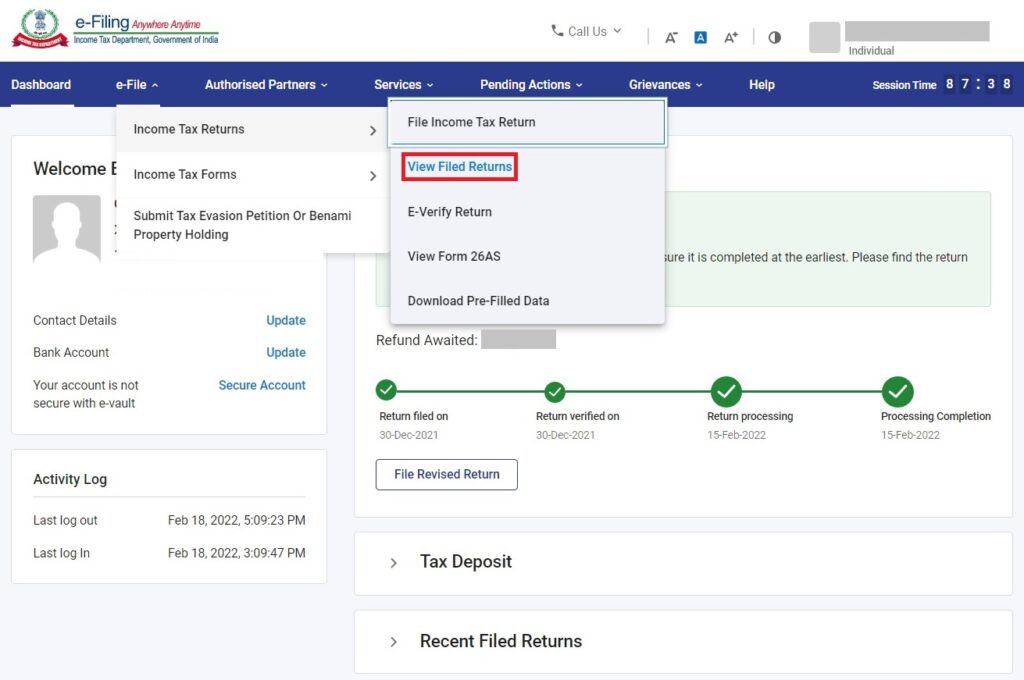Madhya Pradesh Birth Certificate
As per the Act of Registration of Births & Deaths Rule of year 1969, it is mandatory to register the birth of every child born in state of Madhya Pradesh. A citizen (applicant) can also fill the Birth Registration Form online available at the ULB portal. The applicant fills the form, attaches scanned copy of supporting documents while submitting the application form on-line and submits it on the portal. After online form submission, the required fees will displayed, the applicant has to make online payment. Once the payment has been successfully made, the system will generate a number on the payment receipt. However citizens who cannot make the online payment can take print out of filled up online form & submit at local ULB office. In case of birth at private hospital, the hospital provides Hospital Discharge card. The applicant submits the hospital discharge card and other supporting documents to the ward office while collecting the Birth Registration Certificate. In case of a birth at Govt. hospital, the birth registration can be done directly at the Govt. Hospital and the applicant need not visit the ULB ward office. Only Govt. Hospital has the authority to register and provide Birth Registration Certificate to the applicant whose child is born in that Govt. Hospital Registration fee is non-refundable in case of cancellation of registration due to false information or documents provided. Municipality cannot be forced to refund the money in such cases and legal course can be initiated against the applicant. Registering Birth If a birth occurs in a hospital, the person authorized by the medical officer is required to record the birth. If a birth occurs in a house, the household head or adult person in the house is eligible to record the birth with the concerned authority. Finally, if birth occurs in a public place, the head of the corresponding village in the case of a town or the officer in charge of the local police station is required to register the birth. Documents Required Proof regarding the place of birth (where the child was born) from the hospital. Parent’s identity proof. Marriage certificate of the parent, optional. Government Fee Period Charges Registration within 21 days of birth. No Fee. Registration is after 21 days but within 30 days of birth. Rs.2/- Registration after 30 days but within one year of birth. Rs.5/- Registration after one year of birth. Rs.10/- Application Procedure Step 1: Please visit the official website of Madhya Pradesh Government. Step 2: Click on “Birth Registration” option which is visible on the homepage of the portal. Step 3: Select your city from the drop-down list and click on the “Continue” button. Step 4: Fill up the application with the required details and upload the scanned documents. Step 5: Finally click on the “Continue” button for successful registration. FAQs What is a birth certificate? A birth certificate is an official document issued by the government that records the birth of a person. It includes essential details such as the name, date of birth, place of birth, and the names of the parents. How can I apply for a birth certificate in Madhya Pradesh? Visiting the local municipal corporation or nagar panchayat office where the birth was registered. Alternatively, you can apply online through the MP Online Portal.
Madhya Pradesh Birth Certificate Read More »





